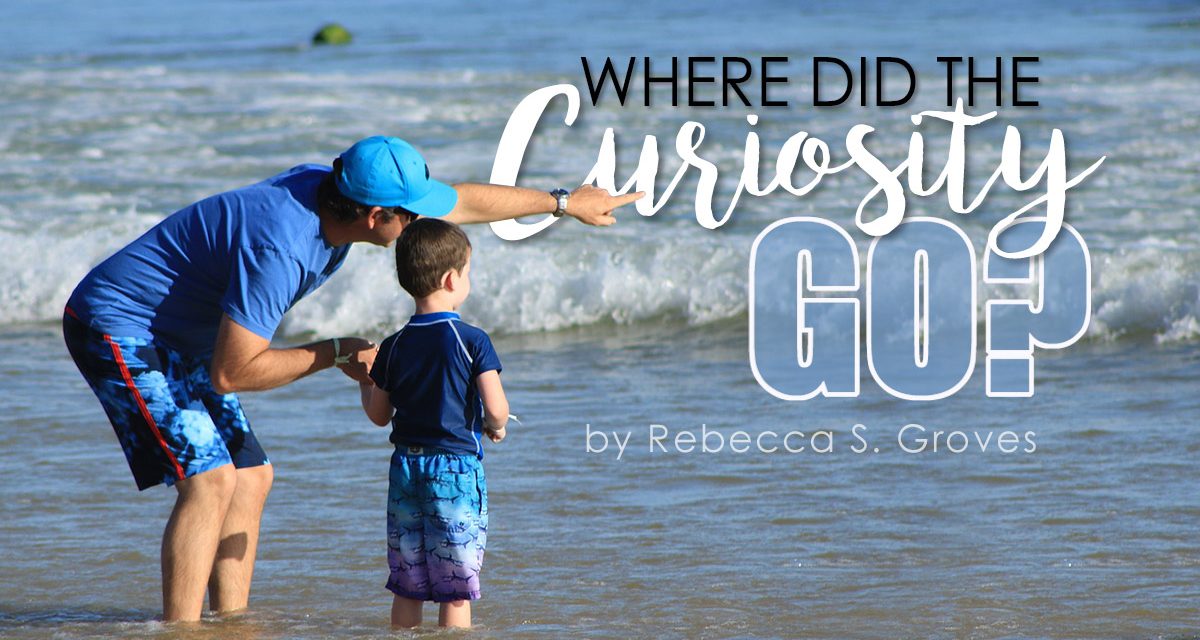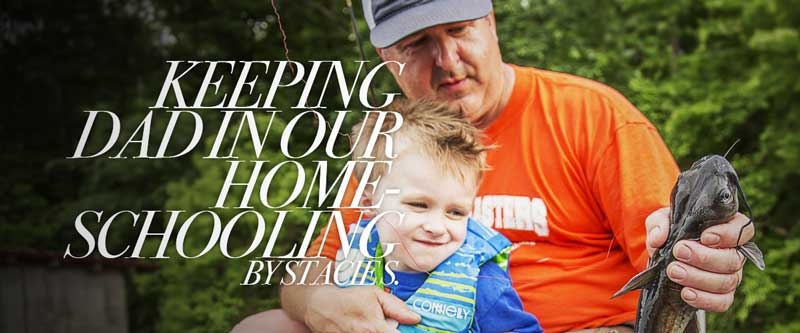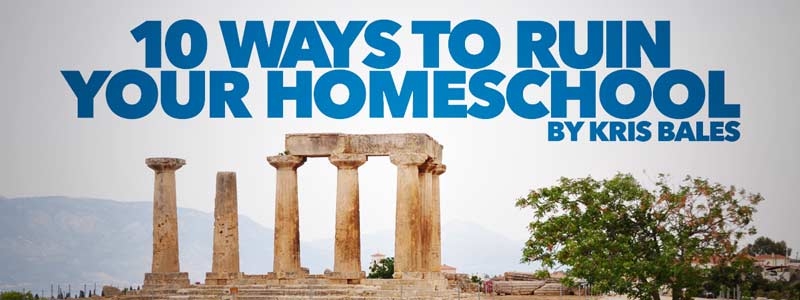There is an intrinsic curiosity we are born with. It is what gets us identifying where a sound is coming from, what happens when I push this button or press this lever, or what type of reaction happens when this is added? Natural curiosities that often spark discovery and learning.
Has the evolution of Google and Artificial Intelligence (AI) rewired our ability to be curious? Instead of researching and testing inquiries, we can simply ask AI to tell us what we want to know. How is this impacting the way our students are learning and what might it do to their desire to learn? You may be wrestling with this with your teenagers now. There does not seem to be a desire to learn or an apathy towards discovery. Whether this is in a certain subject or even the curiosity for general knowledge. How do we spark and engage our students to pursue curiosity?
Curious learners are engaged learners. For our older students it may be a trial-and-error season to determine what is drawing my students’ interests. Are they into how things work? Can I find an Auto Upkeep course that can feed the interest and spark further curiosity or engagement. With a student who has a high interest in graphic arts, you can use this interest as a launching point to show how Geometry can play a huge role in art creation, the history of artists and movements, and even the chemical make-up of pigments. There is a Unit Study feel when leveraging a student’s interest to act upon their curiosity.
Our young students tend to have this engrained curiosity, so how do we stoke the coal and not squelch the fire? Balancing curriculum-based discovery with self-discovery, making room for bunny-trails within our schedule, and encouraging students to follow a train of thought. This happened all the time when I was working with youth groups. We would be studying a certain book of the Bible, and a train of thought led us elsewhere in scripture. Something as simple as this encourages self-discovery and making connections. The Bible is an easy place to discover these connections, but they are all over our learning and waiting to be discovered.
Are you studying butterflies in science? Monarch butterflies migrate. What other animals migrate? Robins migrate. Where do Robins go? Robins can migrate as far as Mexico. When did Mexico gain its independence from Spain? What else was happening in the world at that time? Following a train of thought leads to wonderful discoveries all made by your students, with slight prompting from teacher. They are sent on an Information Scavenger Hunt. Limit simple responses from online searches as your final landing point of information. Encourage students to dig deeper, find reliable resources (that may not be internet based). This also starts teaching our young students good research skills.
The possibilities are endless when it comes to exploration and discovery, and this approach will serve students well their whole life! ~ Rebecca





